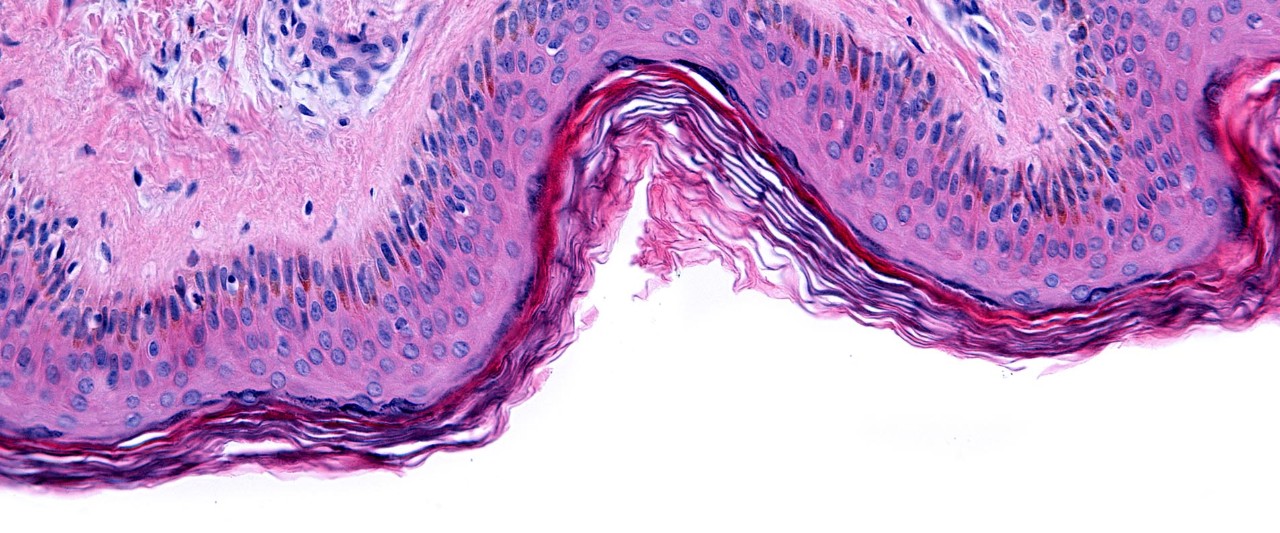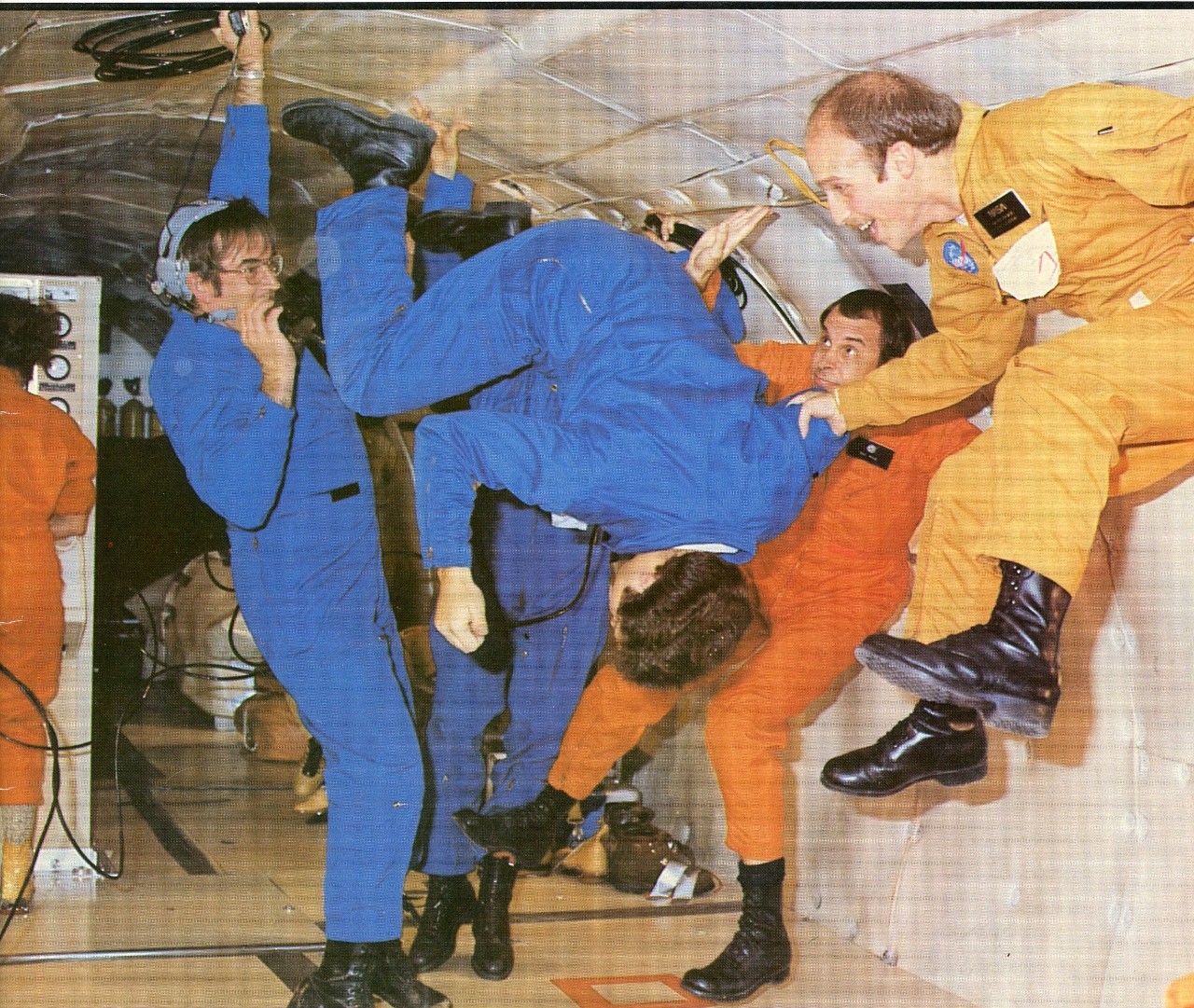After discussions with Beth Shirrell, associate professor and program director of the Visual Communication Design program at Jefferson, and Renee Walker, an associate professor in the program department, Hamel met with the four seniors chosen for the project.
The students not only designed the wall displays but also created the accompanying catalogue that documents the details of the artwork and provides a comprehensive record and context for the featured pieces.
Shirrell says Jefferson’s range of disciplines in design and medicine create numerous rich opportunities for collaboration. “We are captivated by the beauty of the images, but as designers, our role is to reveal the scientific reality of death that lies beneath,” Walker says. It’s that very dichotomy that drew Hamel and Johnson to create “Death Under Glass.”
After graduating from Jefferson’s Sidney Kimmel Medical College, Hamel completed an anatomic and clinical pathology residency at Thomas Jefferson University Hospital and a forensic pathology fellowship at the Office of the Chief Medical Examiner of the city of New York.
It was during her New York training period that she noticed the lovely patterns and colors on the slides she was viewing.
To create a slide, a forensic pathologist cuts off a small section of human tissue, then places it into a plastic cassette and covers it in formaldehyde to prevent decay. The sample is then mounted in paraffin wax, and a thin slice is cut from the original piece. The slice is affixed to a glass slide, then stained using a chemical dye and topped with a coverslip. Because human cells are not colorful on their own, the dye provides “landmarks” to help the pathologist recognize what they are seeing.
“I said to Nikki, ‘You know, it’s a shame that you can’t see what I see through the microscope, because it’s really beautiful,’” Hamel recounts. “And she said, ‘Well, if you photographed it and printed it on large-scale aluminum panels, everybody could see it.’ So, we did.”
Jefferson offered the latest “Death Under Glass” project as part of an elective course called Philadelphia University Design Workshop, an immersive program that connects students with an outside client to provide real world experience.
“Students had the unique opportunity to collaborate as a design team for a client,” says Shirrell. “They created a multitouchpoint system that told the story of ‘Death Under Glass’ through a catalogue and exhibition graphics. Every decision, from typeface to materials, was made to draw viewers in and highlight the artwork.”
To honor the scientific angle of the exhibit, students designed select pages of the catalogue to mimic the view through a microscope lens. Portions of the photographs were cropped into circular shapes and printed on translucent vellum, drawing attention to specific details and offering a forensic pathologist’s perspective.




